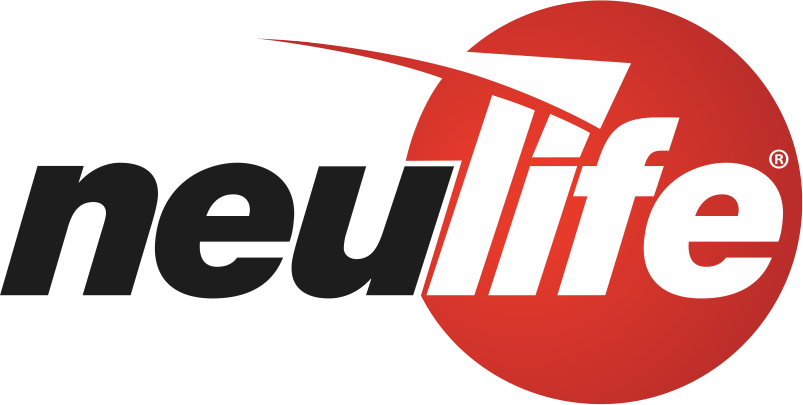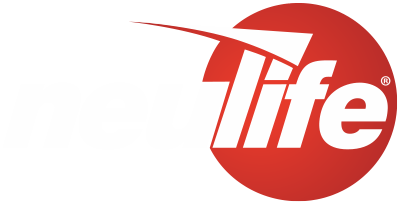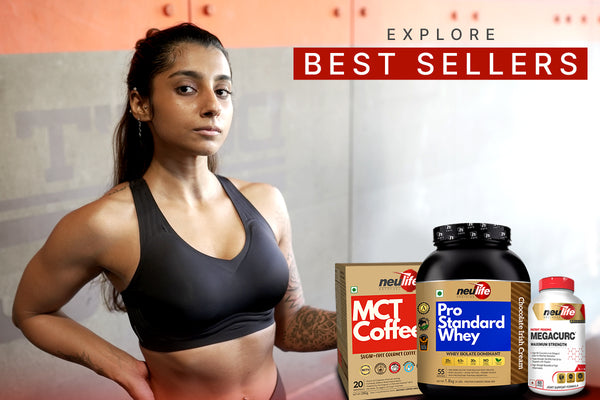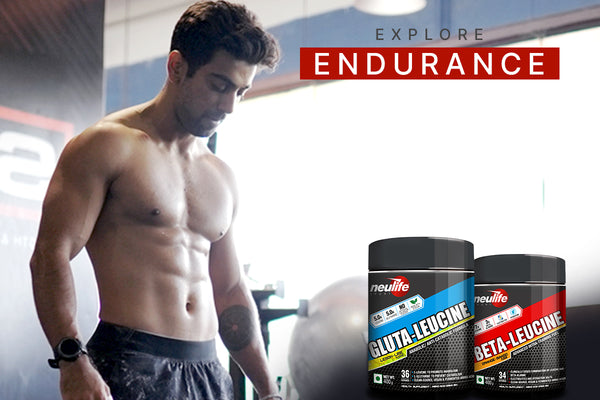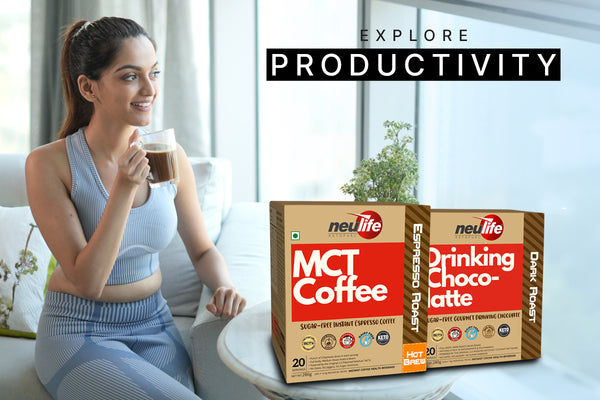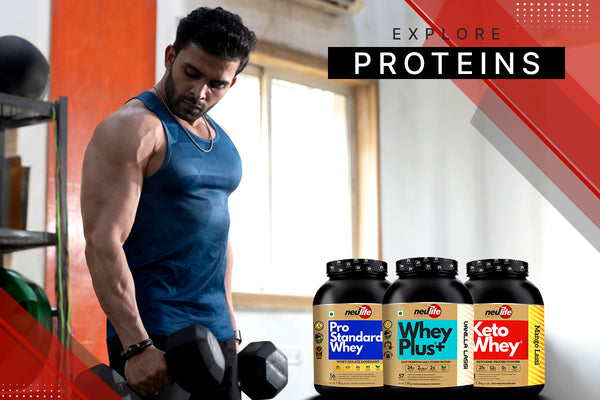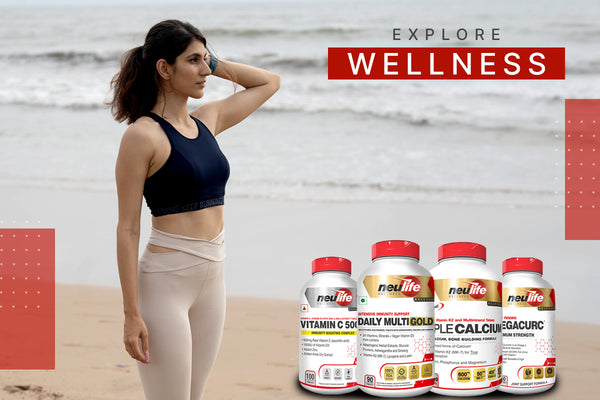
Fewer ingredients DOES NOT mean cleaner product. It’s a perception (or some might say deception).
Food additives as shown above (see graphic) are similar to food masalas required to season your formulation and make it more palatable and improve the sensory experience. What’s wrong with that?
They’re well researched, food based, CODEX approved and have gone through rigorous safety studies before being approved at GMP levels by World Health Bodies. In fact some might argue that they’re safer than your pesticide laden vegan salad.
THE WHITE ELEPHANT IN THE ROOM
Do you remember our good old friend SUGAR. Did you know that it’s a natural disaccharide made up of 1 molecule each of fructose and glucose. And is manufactured from 100% NATURAL Cane and/or Beet.
- Is it clean? No.
- Is it hidden in plain sight? Yes.
- Where? Front-of-Pack.
Here are some aliases for Sugar
- Dates
- Jaggery
- Honey
- Cane
- Fruit
- Coconut sugar
The rationale that all of the above are ‘CLEAN’ while stand-alone sugar is bad is like throwing all logic out of the window.
Here are the usual defenses for the above ‘Clean Sugar Sources’ by some marketeers
1. They’re all-natural (well so is table sugar- remember cane + beet)
2. They contain fiber which reduces their Glycemic load (if fiber was the qualifier in negating the ill effects of sugars, then I’ll just add some Isabgol to my table sugar! And voila! I have ‘clean sugar’ now!
BOTTOMLINE
While the Clean Label craze gains momentum, we need stronger guide rails in place before getting carried away by propaganda. Here are the key take-homes:
1. Every organic & edible substance in nature has a chemical formula. Simplest Examples (PROTEIN- RCH(NH2)COOH CARBOHYDRATE- (CH2O)n FAT- CH3(CH2)nCOOH). Would you consider them artificial chemicals?
2. A food ingredient doesn’t become harmful just by virtue of having a chemical formula. That’s an incorrect filter to apply while scanning your food.
3. Fewer ingredients does NOT mean cleaner product. A formulator is like a chef crafting the finest possible recipe for his customer with safe and effective food ingredients (active and functional). The number of ingredients he uses to craft his recipe has nothing to do with qualifying his recipe as CLEAN or UN-CLEAN.
4. Listing ingredients Front-of-Pack is simply a DESIGN DECISION and NOT a conspiracy theory to conceal ingredients. After all, it does not take much effort to simply flip over the pack and read the ingredients.
Have you come across any products which led you into the above trap? Comment below.
Disclaimer: this piece is meant to be purely educational in nature and not derogatory to any brand/s. While I’m a strong supporter of D2C brands (Neulife is one of them), I’m also an advocate of stronger regulation to protect consumers being one myself.
#d2cmarketing #foodstartups #cleanlabels #nutraceuticals #nutrition #bigfood
Food additives as shown above (see graphic) are similar to food masalas required to season your formulation and make it more palatable and improve the sensory experience. What’s wrong with that?
They’re well researched, food based, CODEX approved and have gone through rigorous safety studies before being approved at GMP levels by World Health Bodies. In fact some might argue that they’re safer than your pesticide laden vegan salad.
THE WHITE ELEPHANT IN THE ROOM
Do you remember our good old friend SUGAR. Did you know that it’s a natural disaccharide made up of 1 molecule each of fructose and glucose. And is manufactured from 100% NATURAL Cane and/or Beet.
- Is it clean? No.
- Is it hidden in plain sight? Yes.
- Where? Front-of-Pack.
Here are some aliases for Sugar
- Dates
- Jaggery
- Honey
- Cane
- Fruit
- Coconut sugar
The rationale that all of the above are ‘CLEAN’ while stand-alone sugar is bad is like throwing all logic out of the window.
Here are the usual defenses for the above ‘Clean Sugar Sources’ by some marketeers
1. They’re all-natural (well so is table sugar- remember cane + beet)
2. They contain fiber which reduces their Glycemic load (if fiber was the qualifier in negating the ill effects of sugars, then I’ll just add some Isabgol to my table sugar! And voila! I have ‘clean sugar’ now!
BOTTOMLINE
While the Clean Label craze gains momentum, we need stronger guide rails in place before getting carried away by propaganda. Here are the key take-homes:
1. Every organic & edible substance in nature has a chemical formula. Simplest Examples (PROTEIN- RCH(NH2)COOH CARBOHYDRATE- (CH2O)n FAT- CH3(CH2)nCOOH). Would you consider them artificial chemicals?
2. A food ingredient doesn’t become harmful just by virtue of having a chemical formula. That’s an incorrect filter to apply while scanning your food.
3. Fewer ingredients does NOT mean cleaner product. A formulator is like a chef crafting the finest possible recipe for his customer with safe and effective food ingredients (active and functional). The number of ingredients he uses to craft his recipe has nothing to do with qualifying his recipe as CLEAN or UN-CLEAN.
4. Listing ingredients Front-of-Pack is simply a DESIGN DECISION and NOT a conspiracy theory to conceal ingredients. After all, it does not take much effort to simply flip over the pack and read the ingredients.
Have you come across any products which led you into the above trap? Comment below.
Disclaimer: this piece is meant to be purely educational in nature and not derogatory to any brand/s. While I’m a strong supporter of D2C brands (Neulife is one of them), I’m also an advocate of stronger regulation to protect consumers being one myself.
#d2cmarketing #foodstartups #cleanlabels #nutraceuticals #nutrition #bigfood
